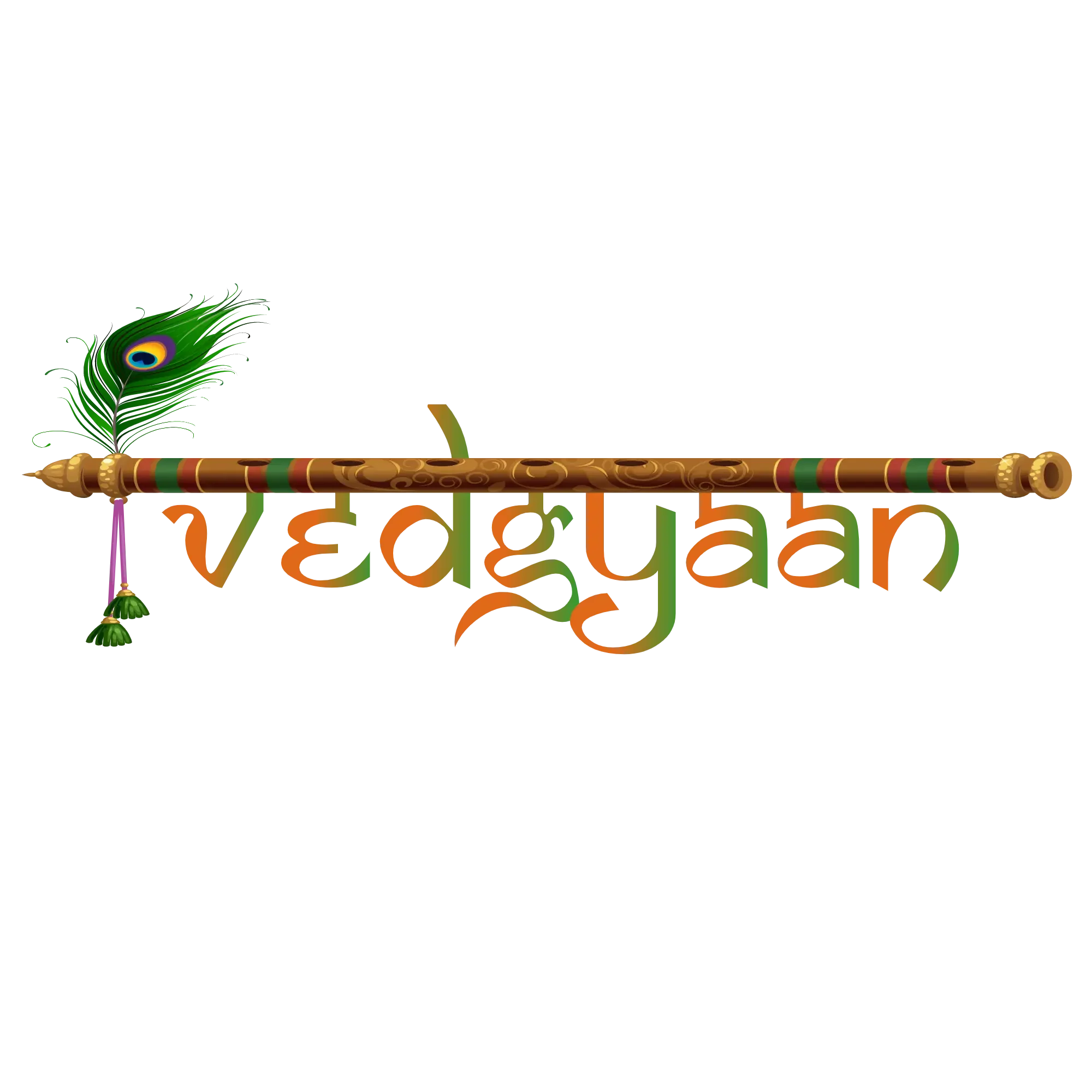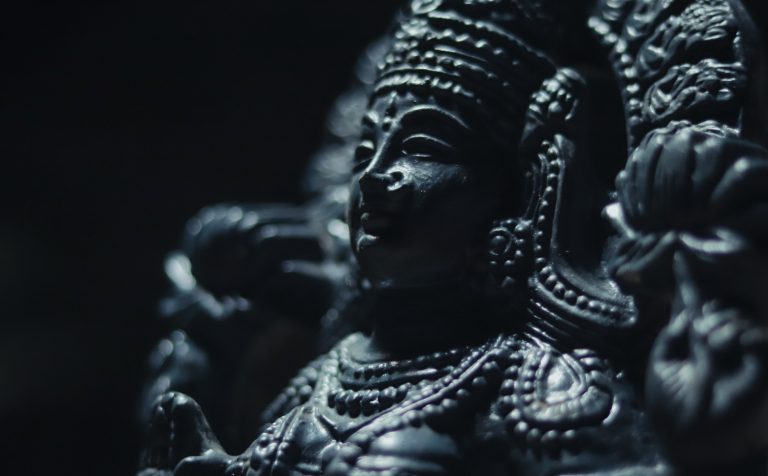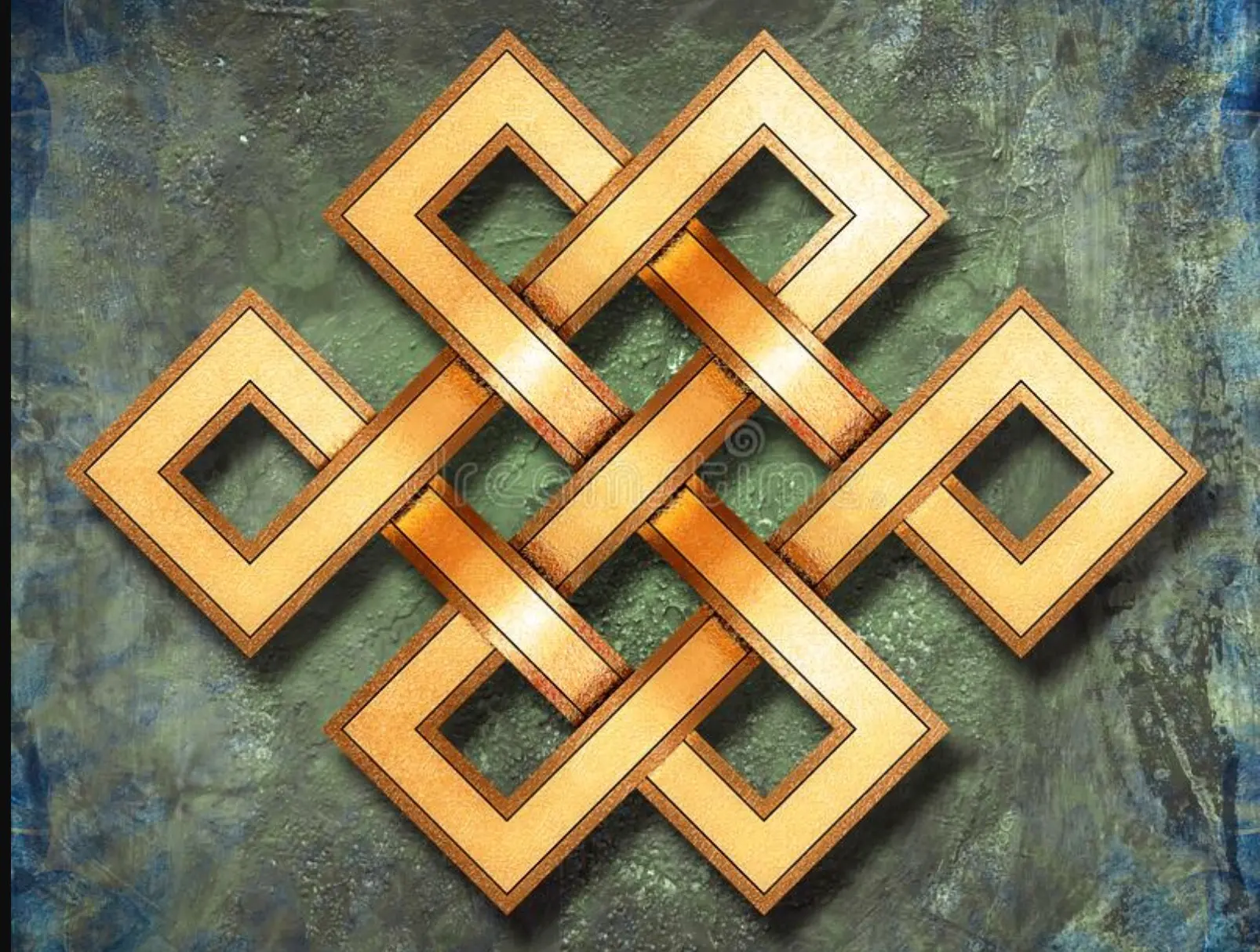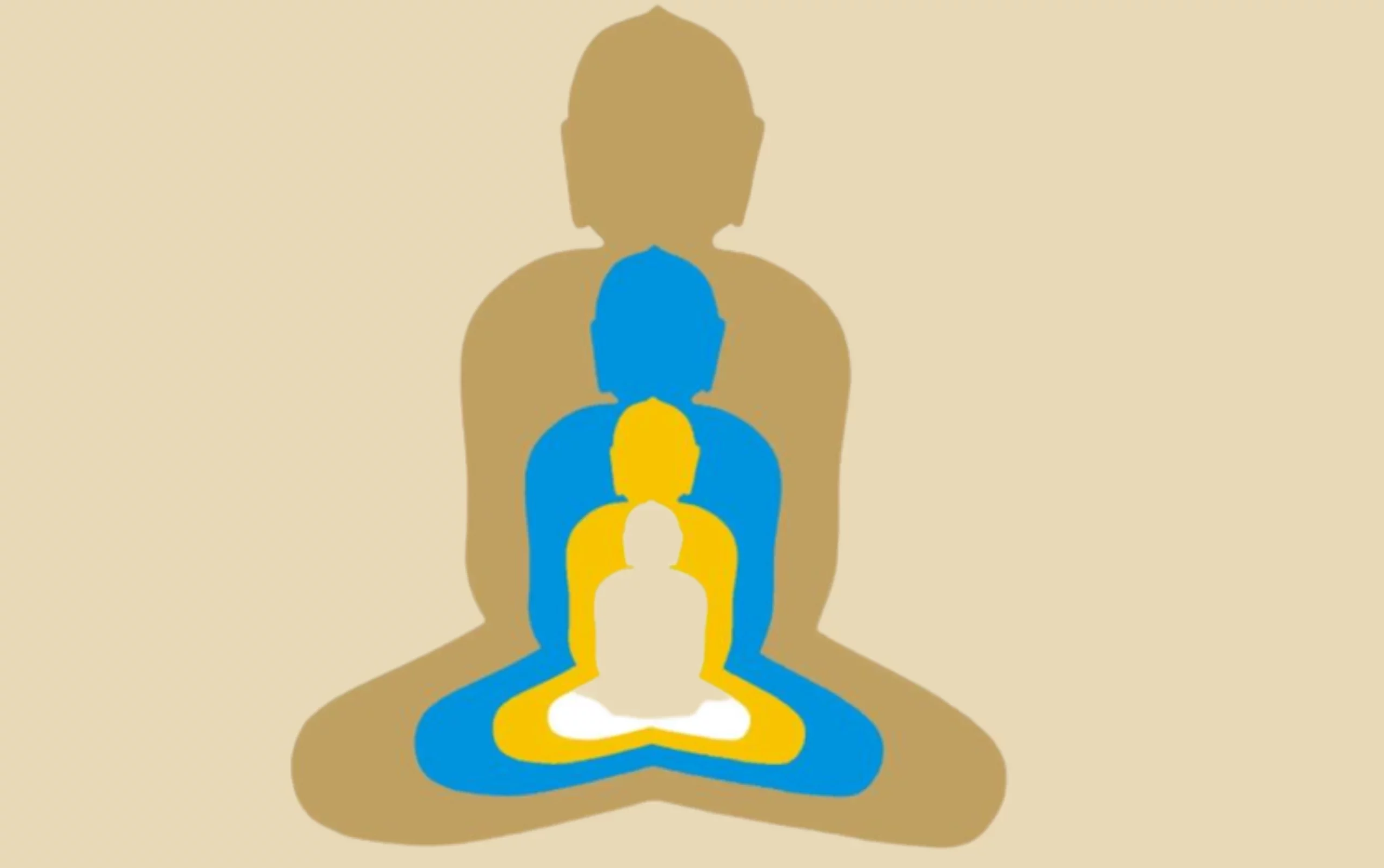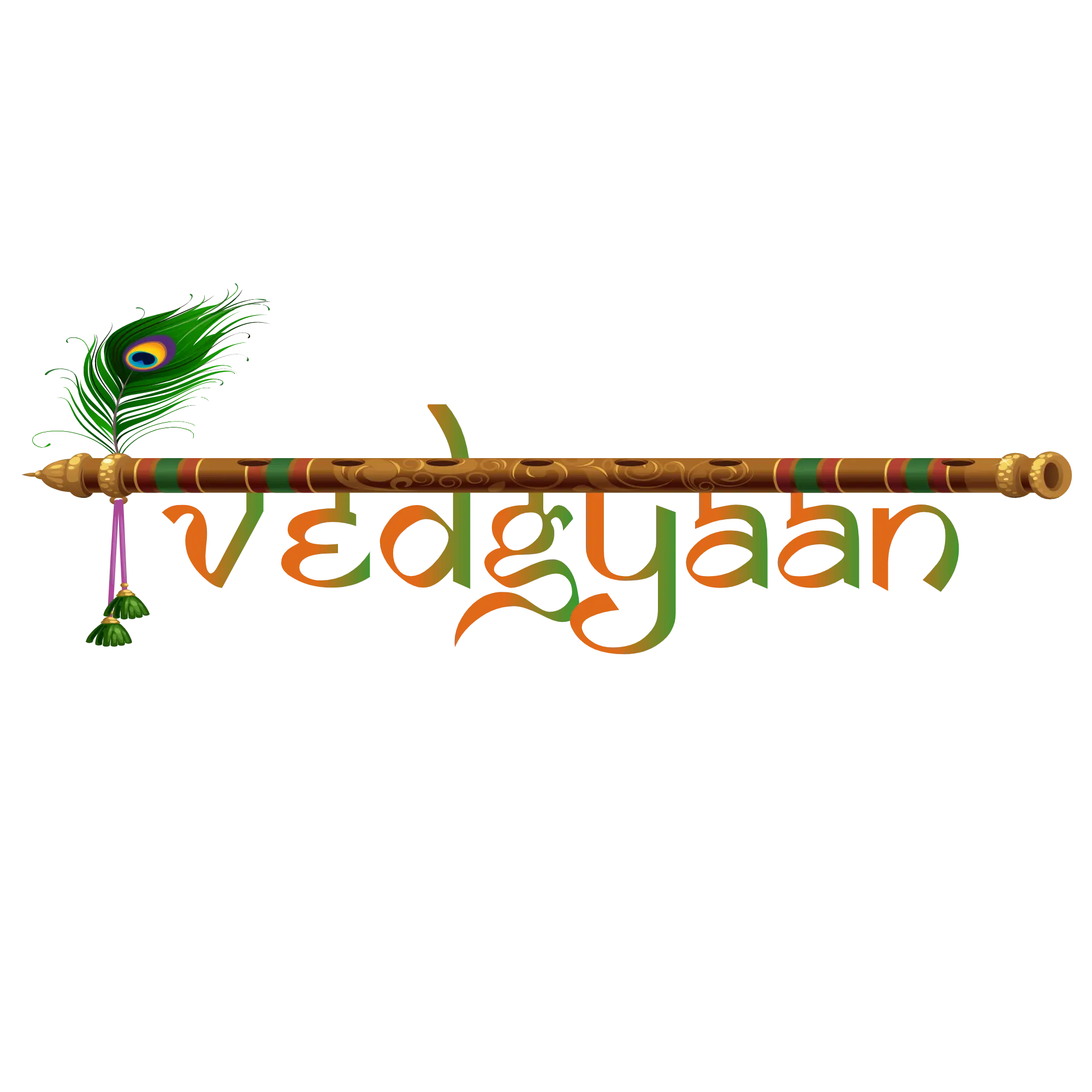The right way of life, The infallible law of the cosmos and the path to ultimate salvation. Dharma is the building block of life and the quintessential truth of the universe. Destiny combined with righteousness, Fate combined with truth and objective combined with necessity, Dharma is the ideal that we must set for our lives, a one-way path to eventual paradise.
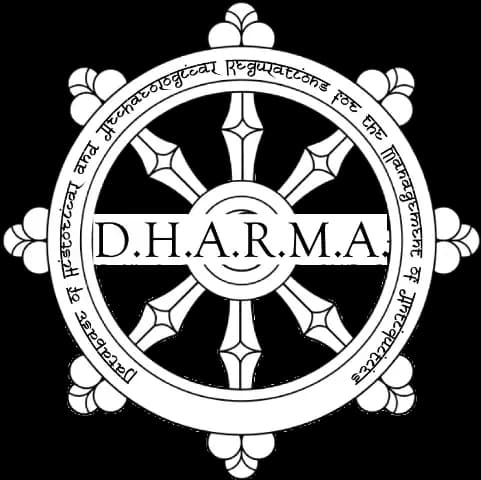
(Public Domain)
What is Dharma?
Dharma is the religious concept that refers to a cosmic order by which one must live life to achieve eternal Salvation and attain Moksha. it encompasses law, duty, virtue, morality, ethics, religion and all types of behaviour that is virtuous or upright.

(Public Domain)
Dharma is a complex term with different meanings, especially today when people wrongly associate dharma with religions or sects, but in a true sense, Dharma is universal and the intrinsic nature of a thing. Dharma is not Buddhist, Christian, Hindu, Jain, Jewish, Muslim, etc.
In order to preserve peace and the steady functioning of the universe, everything including humans must live in accordance with their Dharma.
Dharma of fire is to burn, Dharma of water is to moisturise, Dharma of the earth is to bear weight, Dharma of humans is to follow the law of nature. And it is the way and permanent means to achieve peace.
By following one’s Dharma, one is said to be functioning in the truest form of themselves, serving those around them and the universe.
Dharma consists of six attributes that collectively form life – Adharma (unrighteousness), Akasa (space), Jiva (souls), Pudgala (matter) and Kala (time).
Together, it forms the ultimate truth which makes life on earth possible.
Origin of the Term Dharma
In the early Vedas and other ancient Hindu texts, Dharma makes its first appearance and has its origin in the myths of Vedic Hinduism. Dharma is a word that was derived from the Sanskrit words “Dhri” meaning “to sustain”, “to hold” or “to maintain”. This reinforces the idea that Dharma maintains, creates and prolongs the functioning of the Universe, allowing it to flourish.
Another definition of the word Dharma is “Righteousness”, as it is considered as the ultimate truth of the universe. It also symbolizes a sense of self, faith and tradition.
Dharma in Hinduism
Dharma is one of the most significant aspects of Hinduism and is the ultimate ethical and moral code of conduct that one must abide by in all aspects of life to attain Moksha.
In Hinduism, Dharma is one of the four goals in human life known as Purushartha. Purusaratha consists of Dharma (Righteousness), Kama (Love), Artha (Prosperity) and Moksha(Liberation).
Dharma is considered to be the most important aspect of Purushartha and is considered to be the gateway to the ultimate human ideal – Moksha. Dharma is upheld as the quintessential law of the cosmos, the set of rules that created order out of the chaos that was the Universe.
There are all kinds of Dharma, ranging from social dharmas to familial dharmas, but Spiritual dharma is considered to be the most important form of Dharma. In fact, In the Bhagavad Gita – The most sacred Hindu texts – Krishna is popularly known to have said that the highest Dharma that one can achieve is by understanding one’s spiritual self and subconscious, inculcating a deep and personal relationship with the celestial.
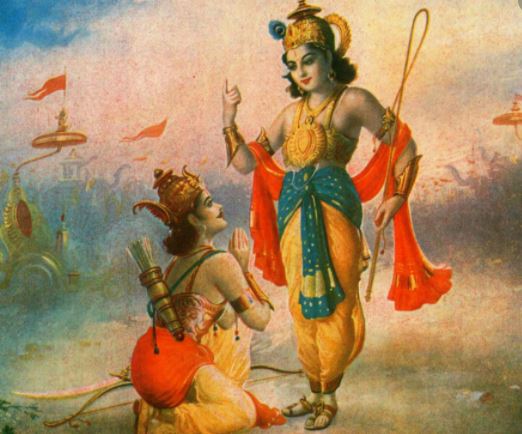
(Public domain)
Personal Dharma or Individual Dharma is the sole mission or purpose of one’s life. It is widely believed that one’s Dharma is predetermined, decided by the actions and character of a person in their previous lives. According to the Bhagavad Gita, every action performed by an individual in their lives is part of a divine plan, fulfilling Dharma with every step and decision.
Types of Dharma in Hinduism
In Hinduism, there are three main forms of Dharma – Santana Dharma (The everlasting form of Dharma), Varnashrama Dharma(Class-Based Dharma) and Yuga Dharma (Dharma that exists for a single Yuga, the four phases of life).
- Sanatana Dharma
Sanatana Dharma(Eternal Dharma) is the form of Dharma that has no beginning or end. Sanatana Dharma is the form of Dharma that deals with one’s spirituality and hence, is the same for all human beings.
The main belief or objective of Sanatana Dharma is ‘Seva’ or service to others and to oneself. It describes the laws of the universe and all that is beyond it, transcending space and time. It is considered to be the reason that humanity continues to exist on earth and the source of spiritual sustenance.
The Sanatan Dharma addresses this nature of diversity constituting the whole religion,that believes in the same and common God.
ॐ पूर्णमदः पूर्णमिदं पूर्णात्पूर्णमुदच्यते । पूर्णस्य पूर्णमादाय पूर्णमेवावशिष्यते ॥ ॐ शान्तिः शान्तिः शान्तिः ॥
“Om Purnamadah Purnamidam Purnat Purnam Udachyate Purnasya Purnamadaya Purnameva Vashisyate Om Shaantih Shaantih Shaantih”
Which Translates to That is Whole – This is Whole The Whole comes out of the Whole If the Whole is subtracted from the Whole Still the Whole remains.”
- Varnashrama Dharma
A more ancient and outdated form of Dharma, Varnashrama Dharma deals with different social classes or castes among people. It dictated the various duties to be undertaken by individuals belonging to different castes.
According to this form of Dharma, Brahmins assumed the role of teachers and priests, Kshatriyas were the warriors, Vaishyas were the merchants, traders and farmers and Shudras were the workers and labourers.
- Yuga Dharma
Yuga Dharma is the form of Dharma that exists for only one Yuga (stage of life) at a time. The Yuga Dharma consists of a minor set of laws that are relevant to the way of society at that present moment.
With the end of one Yuga and the beginning of another, the world sees a significant change in terms of people and society. As a result, Yuga Dharma consistently changes in order to accommodate the changes taking place in the world.
Dharma vs Karma
Dharma is often confused with Karma, however, they are not the same. Although they are closely linked as Dharma is often a consequence of one’s Karma.
“Good Karma = Good Dharma”
Dharma refers to one’s duty in life or way of life, whereas Karma refers to the actions that decide one’s dharma and vice versa.
In the case of Dharma, it is predetermined that every human being has a specific Dharma to uphold – it is not a personal choice, but rather a set plan or way of life for every individual. However, Karma, on the other hand, is entirely determined by human behaviour.
Karma is a cosmic tally of sorts- a track of the good deeds and bad deeds committed by a human. The more good deeds done by a person, the better the Karma, and the better the Karma, the better the Dharma.
It is believed that a person who has a large amount of good Karma is often reincarnated with Good Dharma, usually of a higher position or caste. Similarly, a person that holds a large amount of bad karma is often reincarnated with bad Dharma, worse than their previous life.
Dharma in Buddhism and Jainism
Not only is Dharma of extreme importance in Hinduism, but is also of great significance in Buddhism and Jainism – forming the core aspect of Buddhism.
In Buddhism, Dharma refers to the absolute “Cosmic Law and Order”. In Buddhism, the reference of ‘Dharma’ most often implies the scriptures and various teachings of Gautama Buddha. It is also regarded as the ‘Ultimate Truth’ and ‘Source of Enlightenment’.
In Jainism, Dharma refers to the teaching of the priests and those who possess spiritual enlightenment. It is also considered as the ‘Supreme Path’ and ‘Paradigm of socio-religious duty’ and is the highest form of holiness there is.
How to practice Dharma?
In order to achieve Dharma, it is of extreme importance to avoid Adharma at all costs. Adharma or “Unrighteousness” consists of three vices – Ahankar(Pride), Sangh(Contact) and Madya(Intoxication).
The Ten Rules of Dharma
According to ancient Sage Manu :
धृतिः क्षमा दमो-अस्तेयं, शौचम् इन्द्रिय-निग्रहः । धीः विद्या सत्यम् अक्रोधो दशकं धर्म-लक्षणम् ॥ Manusmriti 6.92॥
“Dhriti: Forgiveness Damostesaye Shouchamindriyanigraha:.Dhirvidya Satyamkrodho Decade Dharmalakshanam” ॥ Manusmriti 6.92॥
Which loosely translates to – It is also of extreme importance one must follow these aspects in order to observe and practice Dharma efficiently.
- Dhriti (Patience)
- Kshama (Forgiveness)
- Dama (Self-control)
- Asteya (Honesty)
- Shauch (Purity)
- Indraiya-Nigrah (Control over senses)
- Dhi (Reason)
- Vidya (Knowledge)
- Satya (Truthfulness)
- Krodha (Absence of Anger)
Manu Further describes:
वेदः स्मृतिः सदाचारः स्वस्य च प्रियम् आत्मनः । एतत् चतुर्विधं प्राहुः साक्षाद् धर्मस्य लक्षणम् ॥ Manusmriti 2.12॥
“Vedaḥ Smṛtiḥ Sadācāraḥ Svasya Ca Priyam Ātmanaḥ Etat Caturvidhaṁ Prāhuḥ Sākṣād Dharmasya Lakṣaṇam” ॥ Manusmriti 2.12॥
This translates to – Dharmic laws remain unchanged regardless of person, place or situation and are eternal in nature.
Conclusion
Dharma is the quintessential truth of the universe, The ultimate way of life, Fate and Destiny intertwined, Dharma has firmly established its position as one of the most significant aspects of Hinduism. The key to the liberation of the soul, Devotees strive to live a Dharmic life, to walk on the path of righteousness and to achieve true salvation.
